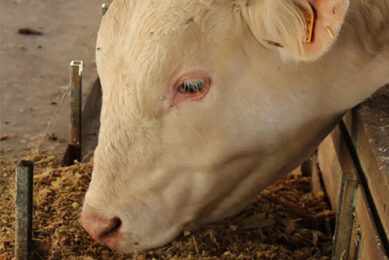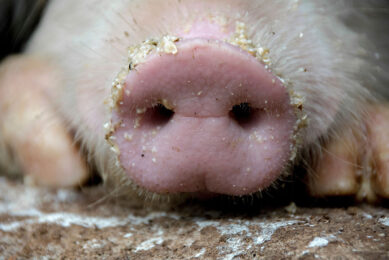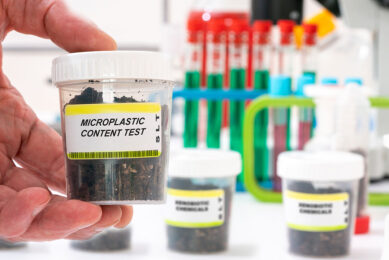A new tool to improve switchgrass
Agricultural Research Service (ARS) scientists have developed a new tool for deciphering the genetics of a native prairie grass being widely studied for its potential as a biofuel.
The genetic map of switchgrass, published by Christian Tobias, a molecular biologist at the ARS Western Regional Research Center in Albany, Calif., and his colleagues, is expected to speed up the search for genes that will make the perennial plant a more viable source of bioenergy.
Switchgrass is now grown as a cattle feed and to restore depleted soils. But interest in using it as a biofuel has intensified in recent years because it can be burned to produce electricity and, like corn stalks, can be converted to ethanol. It also grows on marginal lands, is adaptable to different regions, and, as a perennial, does not need to be replanted each year, which means lower energy costs and less runoff.
To assemble the genetic map, the team crossed a commercial variety of switchgrass known as Kanlow with an ARS-developed variety known as Alamo to produce 238 plants. They extracted DNA from that population and assembled a map based on more than 1,000 genetic markers that could each be attributed to one parent or the other.
The map divides the switchgrass genome into 18 distinct groups of genes linked together on the same strand of DNA. The results were recently published in the journal Genetics.
The work is funded by the US Department of Energy and the US Department of Agriculture’s National Institute of Food and Agriculture, as part of the joint USDA-DOE Plant Feedstock Genomics for Bioenergy Program.
Understanding the genetic composition of switchgrass could produce big rewards. To make switchgrass more commercially viable as a biofuel, scientists are searching for ways to increase yields and make it easier to break down the plant cell walls, an essential step in producing ethanol from cellulosic biomass.
The genetic map could lead to genes associated with cell wall composition, crop yields and other useful traits. Scientists will be able to use the genetic map to compare the genetic profile of switchgrass to that of rice, sorghum and other plants with better understood genomes and find analogues to genes linked to specific traits in those crops.
Soure: Agricultural Research Service, USDA











